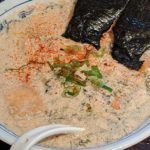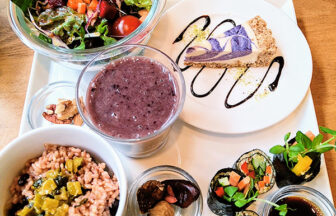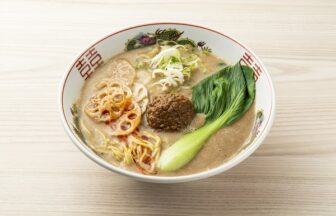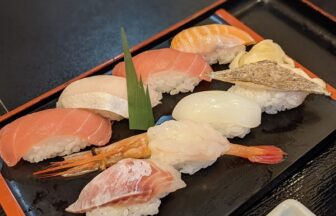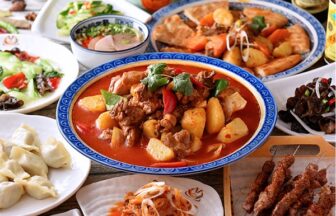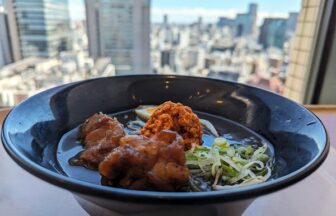All beautiful and fascinating South Indian Halal food! An authentic restaurant where fresh seafood plays a leading role
Most of the Indian curry eaten in Japan are North Indian-style foods, such as naan and meat curry that suit Japanese taste. Indian food in general is very popular in Japan, but South Indian food is not well known.
Bangera’s Kitchen is a rare restaurant in Tokyo where you can enjoy the local cuisine of South Indian Mangalore. Here, you can enjoy a variety of menus unique to the port town Mangalore, such as seafood curry, dosa, and dishes with banana and coconut.
Spice dishes that combine tamarind, coconut milk, mustard seeds, with fresh seafood have a surprisingly light taste. There are also original spice cocktails, combining medicinal herbs and spices. It is very healthy!
“MANGALORE STALE FISH THALI” is a typical dish representing Bangera’s kitchen. The contents of the THALIi are 10 items; including fish curry, dosa, rice, salad, sar (spicy tomato soup), sambal (vegetable curry), fried fish, papado (cracker), dried shrimp, and dessert.
Curry with plenty of fish has a perfect balance of refreshing acidity, mellow coconut flavor, and spices.
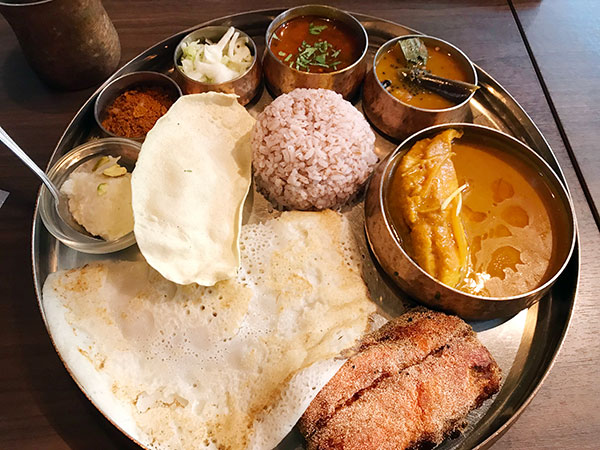
MANGALORE STYLE FISH THALI (1,700yen)
There was a whole scorpion fish in the orange gravy. The cooking time is perfect so the body is soft and tender, and you can enjoy the fresh taste.
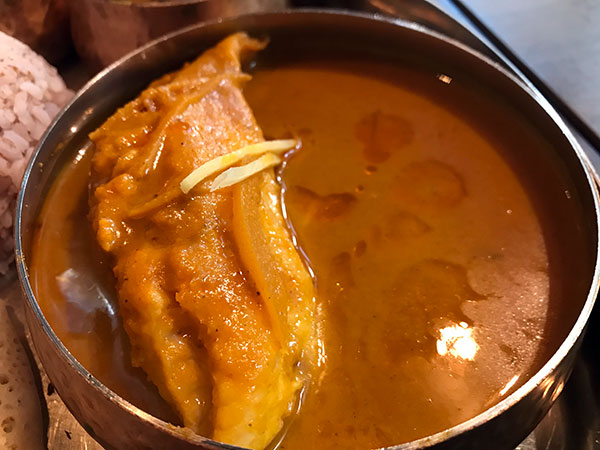
Scorpion fish curry
The deep-fried fried fish is also very delicious. Granular semolina powder is coated perfectly, making crispy on the outside and soft on the inside.
Fresh fries are juicy and have addictive taste as hot juice spills out from inside. Different types of fish, such as swordfish, horse mackerel, and scorpionfish, are used depending on the day.

Fried fish (horse mackerel)
Sambal is a soup curry made from beans and vegetables. The refreshingly sour curry and the sweetness of the pumpkin made the taste very easy to eat. For this dish,ingredients also change depending on the day.

Sambal (Vegetable soup curry)
Lunch bread can be chosen from chapati or dosa. Urdu dosa is a dosa with good bean flavor. It contains rice flour and has moist texture like a pancake. For those who want to avoid white carbohydrates, the whole grain chapati and brown rice are also selectable.
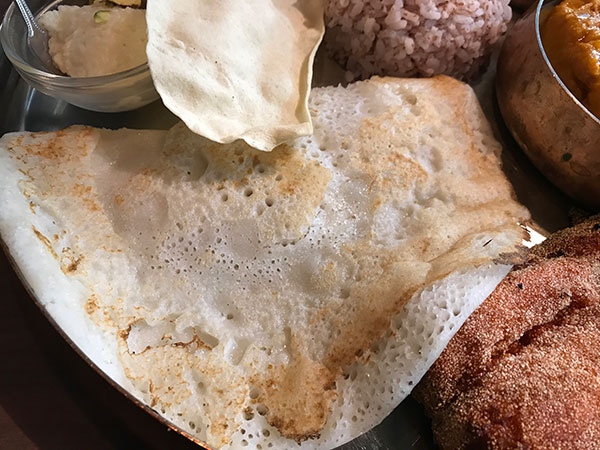
Urad beans and rice flour Pancakes
The dessert is barley and milk sweets topped with crushed pistachios. The mild taste of custard is perfect for refreshing after eating spicy curry.
Each menu here is elegant and sophisticated, and it is delicious no matter what you choose to eat. Although there are few menus at lunchtime, you can enjoy the contents similar to dinner at reasonable value, so lunch time menu is recommended for those who visit the store for the first time.
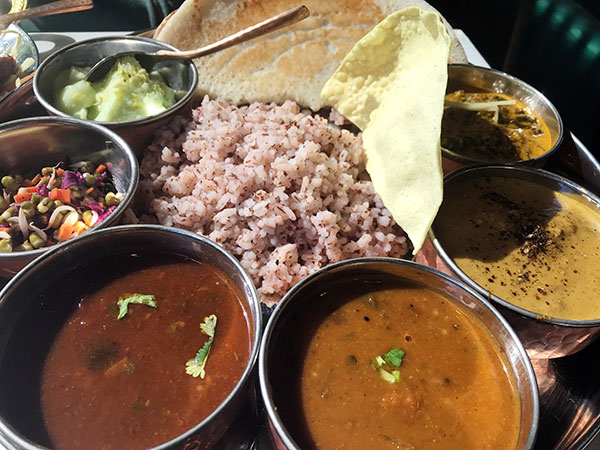
Great deal! Lunch set menu
Sister store of “Bangelas Kitchen Ginza Main Store” (Michelin Guide Tokyo 2020’s store)
Bangera’s Kitchen is conveniently located and accessible from Tokyo Metro Ginza Station, Ginza 1-chome Station, Hibiya Station, and JR Yurakucho Station.
Ginza Main Store is a famous store listed in Michelin Guide Tokyo 2020 Bib Gourmand.
From the classic Tandoor cuisine to the powerful Bamboo biryani and curry that uses whole Managatsuo(butterfish), the South Indian Mangalore region’s dishes have a beautiful appearance and unique taste.
There are sister stores in Jimbocho and Funabori Station, in addition to the current main store.
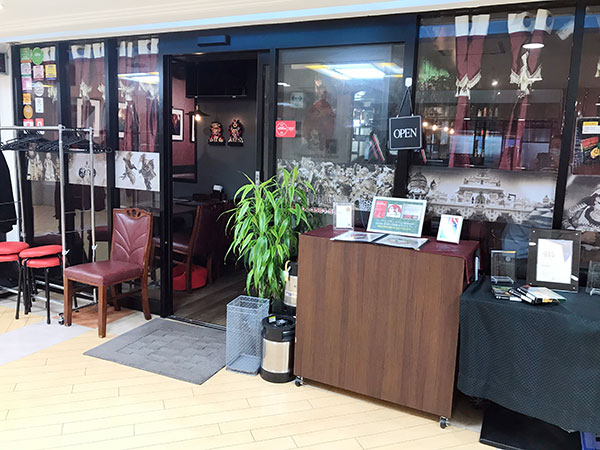
Bangera’s Kitchen Ginza Main Store
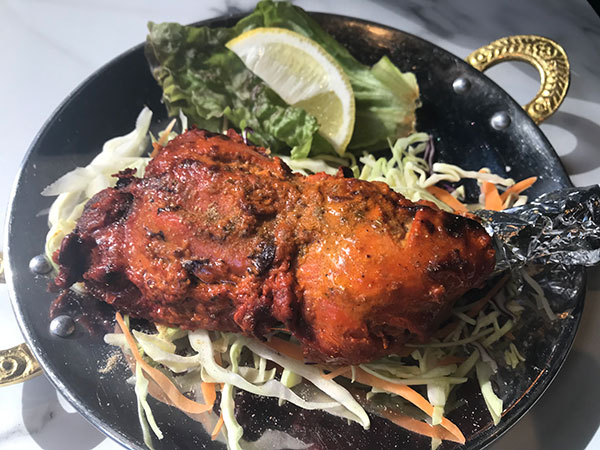
Tandoori Chicken
It’s not as spacious as its sister stores, but the calm interior is perfect for a date occasion as it’s not too casual.
It is located on the 2nd floor of Ginza Inns II, which is convenient for shopping, so please come and visit us.
Supervisor / Recommender

- Halal Supervisor and Foreigner Food Coordinator (Cooking, Consulting, Public Relations)
-
Click here for introduction
I currently work as an editor, but my previous job was as a chef, with many years of experience working in hospitals, restaurants, and the food service industry. Looking back, I think my connection to halal may have already been there.
Decades ago, I once worked in a cafeteria at an auction venue. Over 60% of the visitors were foreigners. Many Muslims were present, and the venue had a mosque-like prayer space. I remember being frequently asked questions about whether the meat was halal and what kind of meat it was. At certain times, the cafeteria would become as lively as a festival. The Indian restaurant next door would generously serve free biryani, curry, and sweet drinks to everyone who came. Over 100 people, including people wearing bright red turbans, galabeyas, and traditional attire, gathered in the cafeteria, all sitting around the same table and enjoying a truly enjoyable time. Looking back, it was iftar, the end of fasting, and I understand the significance of sharing, but at the time I was ignorant of halal and Islam, and didn't even consider how to respond. They only ate the curry made by the Indians in the restaurant. As I studied halal, I realized, "I wanted to eat Japanese food, but I couldn't." I regret not doing anything even though there was something I could have done.
If only it didn't contain pork! If only it didn't contain wheat or buckwheat! I could eat it... Food insecurity is different for each person.
That's why I think it's important to learn about the differences in culture, religion, and lifestyle that underlie it, and to create an environment where everyone can enjoy delicious meals in comfort.
The desire for delicious, safe, and secure food is universal. The times are calling for people to live in new ways that transcend borders and religions. I hope that halal can be a gateway to eliminating food insecurity, contributing even in some small way to a society where people can coexist and prosper with more liberal thinking, and to global harmony beyond.
Latest entries
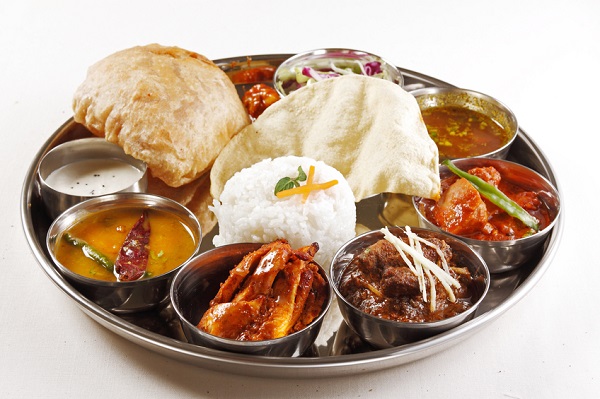 Tokyo2023年11月4日Dakshin South Indian Restaurant Otemachi Branch
Tokyo2023年11月4日Dakshin South Indian Restaurant Otemachi Branch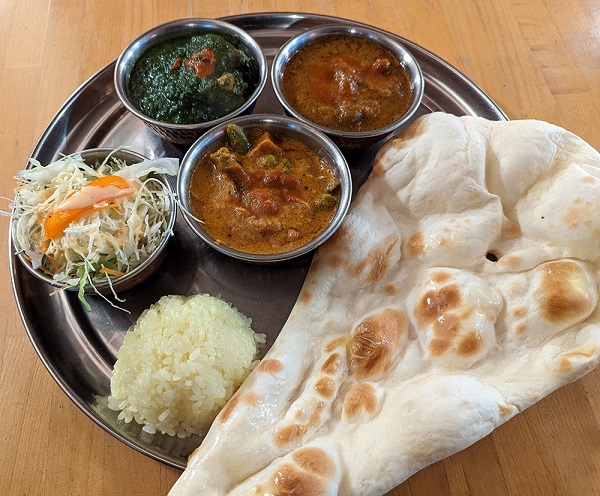 Tokyo2023年10月23日Gandhi Mahal
Tokyo2023年10月23日Gandhi Mahal Tokyo2023年10月23日Yıldız KEBAB
Tokyo2023年10月23日Yıldız KEBAB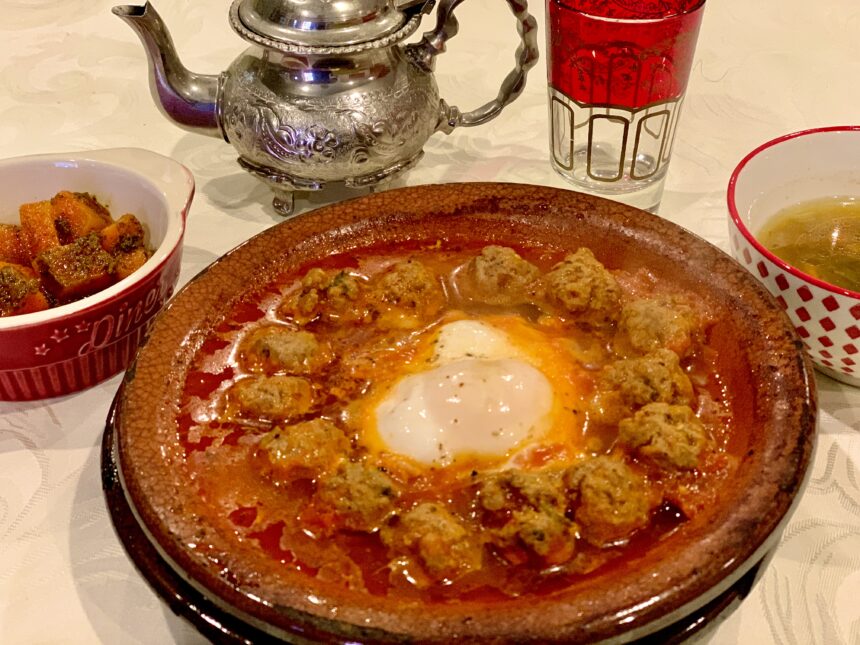 Tokyo2023年10月4日Restaurant Morocco
Tokyo2023年10月4日Restaurant Morocco














